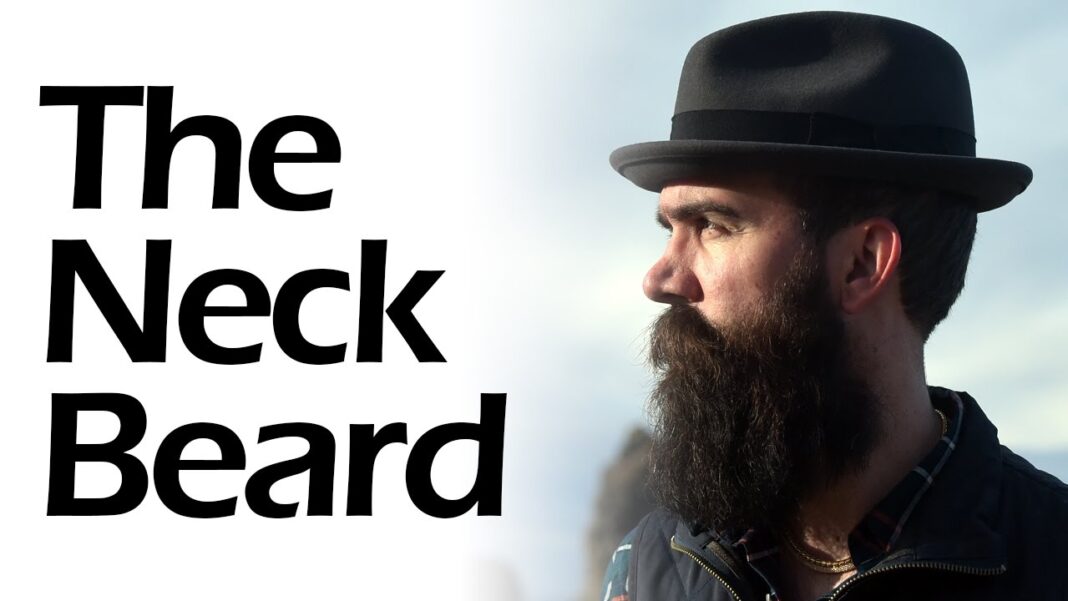What is a Neckbeard?
People often use the colloquial term “neckbeard” to describe individuals, typically males, who actively exhibit specific social and grooming characteristics. The term is typically used pejoratively and implies a lack of self-awareness and social skills. Individuals derive the term “neckbeard” from their tendency to grow facial hair solely on their necks, especially beneath the chin.
History and Origin:
The term “neckbeard” gained popularity in internet culture, particularly on forums and social media platforms. It emerged as a way to describe a specific type of person with certain stereotypical traits. Online communities began using the term in the early 2000s to mock individuals displaying awkward social behaviors and unconventional grooming habits, tracing its origins back to that time.
Old Looks:
In its early days, the stereotypical neckbeard look included unkempt facial hair, often limited to the neck region, along with poor grooming habits. The individuals associated with this stereotype were often portrayed as socially awkward, obsessed with niche hobbies like video games or anime, and lacking in hygiene.
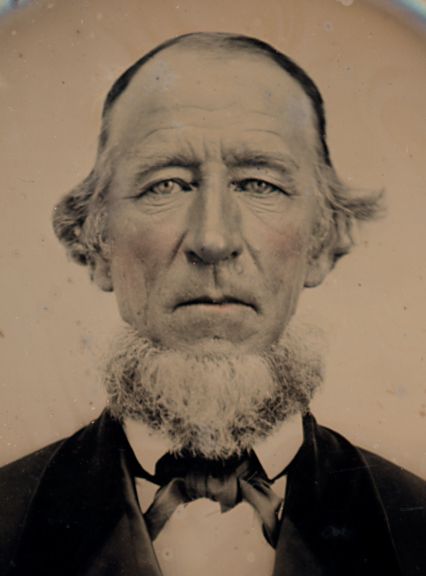
Modern Looks:
While the core characteristics of a neckbeard stereotype persist, the modern interpretation has evolved. The term is now used to describe individuals who may still exhibit social awkwardness and niche interests, but the specific grooming aspect may vary. Some modern neckbeards may not necessarily have the literal facial hair but still embody the stereotype in terms of behavior and interests.

Who Uses Neckbeard?
People commonly use the term “neckbeard” to describe socially awkward males with niche interests, often highlighting a lack of self-awareness in social settings. It’s important to note that the term is subjective and can be used pejoratively.
What Causes a Neckbeard?
Factors like social isolation, a lack of self-awareness, and an obsessive focus on niche interests contribute to neckbeard characteristics. These elements play a role in shaping the neckbeard persona. Some individuals may adopt the neckbeard persona as a way to cope with social challenges or as a form of self-expression.
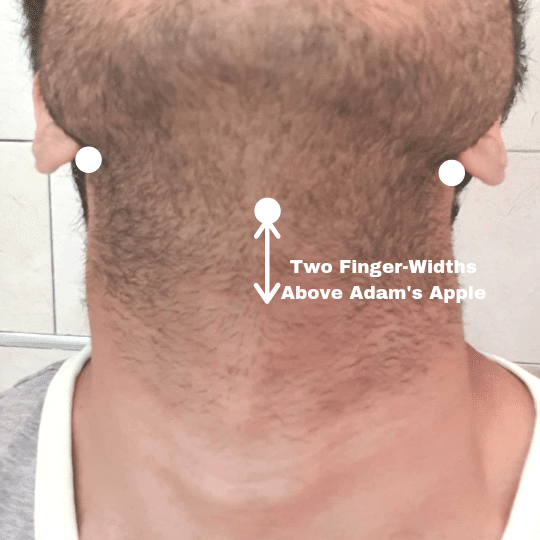
Characteristics of a Neckbeard
Grooming Habits
One of the defining characteristics of a neckbeard is its distinctive grooming style. Often, they neglect personal grooming, leading to the growth of facial hair on the neck, creating the infamous “neckbeard.”
Fashion Sense
Neckbeards are often associated with a peculiar fashion sense, combining outdated clothing items with unconventional accessories. This distinctive style contributes to the overall stereotype.
Social Behaviors
Socially, neckbeards may exhibit behaviors like excessive self-pity, condescension, and a tendency to blame others for their social challenges. Understanding these behaviors is crucial to addressing the stereotypes associated with neckbeard culture.
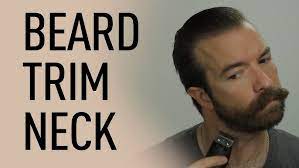
How to Keep Your Neckbeard in Check:
Self-Awareness:
- Regularly reflect on your social interactions and be mindful of how others perceive you.
- Seek feedback from friends or trusted individuals to gain insights into your behavior.
Grooming:
- Maintain good personal hygiene, including regular showers, clean clothes, and a well-groomed appearance.
- Consider diverse facial hairstyles or shaving options that suit your face.
Expand Interests:
- Explore a variety of interests beyond niche hobbies to broaden your social connections.
- Engage in activities that promote personal growth and development.
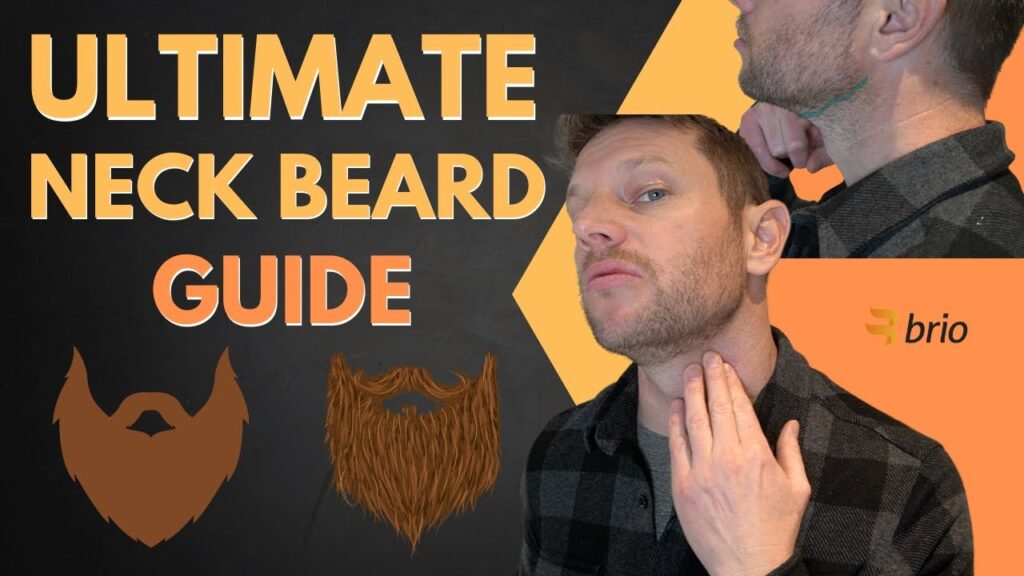
How to Avoid a Neckbeard:
Social Skills:
- Focus on developing strong communication and interpersonal skills.
- Practice active listening and be receptive to social cues.
Hygiene and Appearance:
- Prioritize cleanliness and grooming to present a well-maintained appearance.
- Dress appropriately for different occasions and maintain a diverse wardrobe.
Balanced Interests:
- Embrace a variety of interests to connect with a broader range of people.
- Avoid excessive obsession with niche hobbies that may lead to social isolation.
By being self-aware, maintaining good grooming habits, and diversifying interests, individuals can steer clear of the neckbeard stereotype and foster positive social connections.
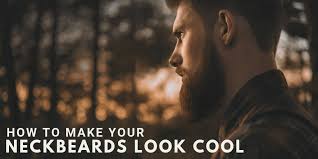
Stereotypes and Misconceptions
Dispelling Common Myths
It’s essential to dispel common myths associated with neckbeards, separating fact from fiction. Not every individual with a neckbeard fits the negative stereotypes, and understanding this is key to fostering empathy.
Addressing Negative Stereotypes
Neckbeards often face unfair judgments based on stereotypes. Addressing these negative perceptions is vital for creating a more inclusive and understanding society.
The Psychology Behind Neckbeardism
Social Anxiety
Many neckbeards struggle with social anxiety, making it challenging for them to navigate social interactions. Understanding the psychological factors at play is crucial for fostering empathy.
Escapism
Neckbeardism is often linked to escapism, where individuals immerse themselves in fantasy worlds to cope with the challenges of reality. Recognizing this coping mechanism is essential for addressing the root causes.
Impact on Relationships
Difficulty in Forming Connections
Neckbeards may face challenges in forming meaningful connections due to social awkwardness and stereotypes. Exploring strategies to overcome these hurdles is crucial for personal growth.
Addressing Toxic Behavior
In some cases, neckbeard culture can foster toxic behaviors. Recognizing and addressing these negative tendencies is essential for creating a healthier community.
